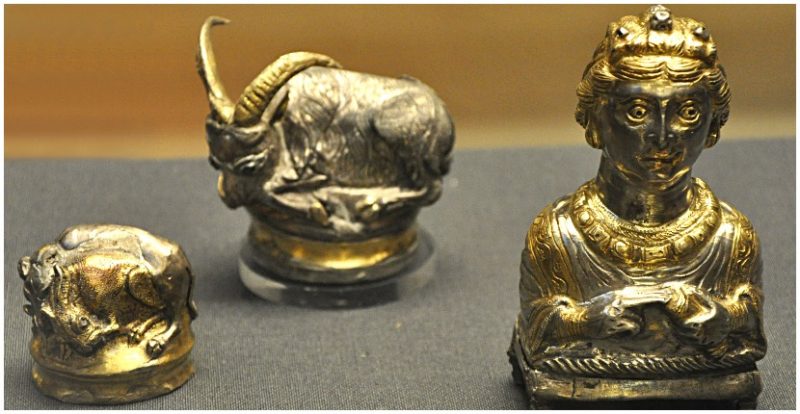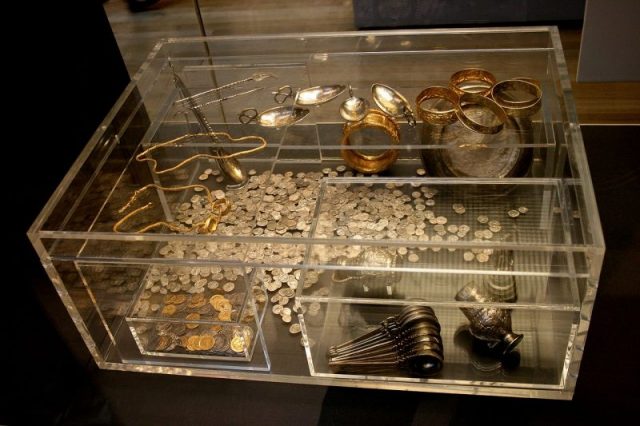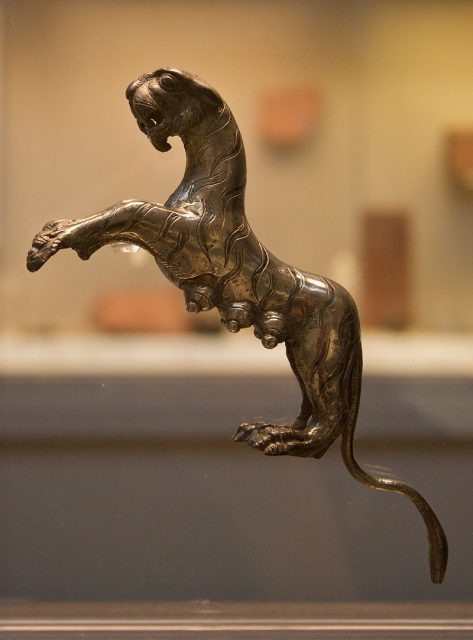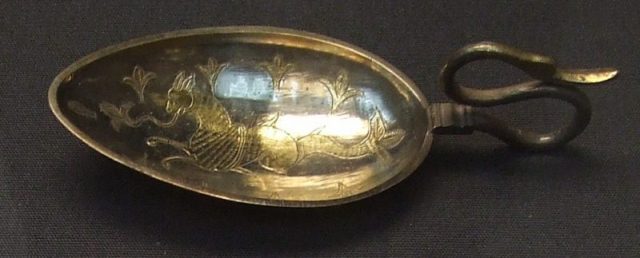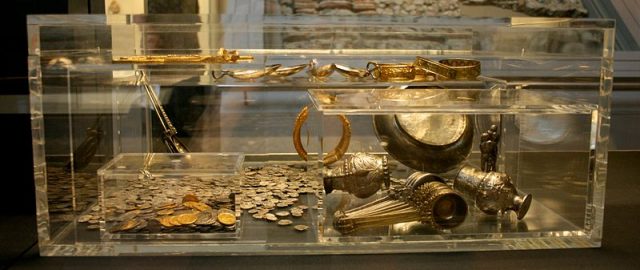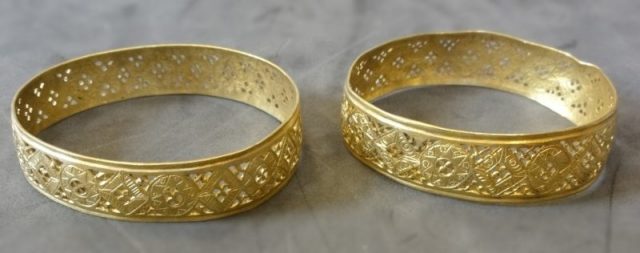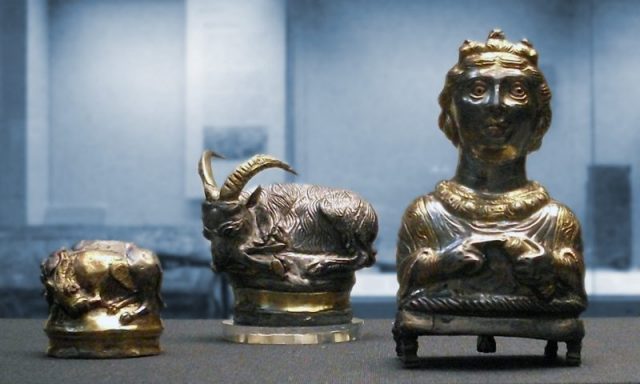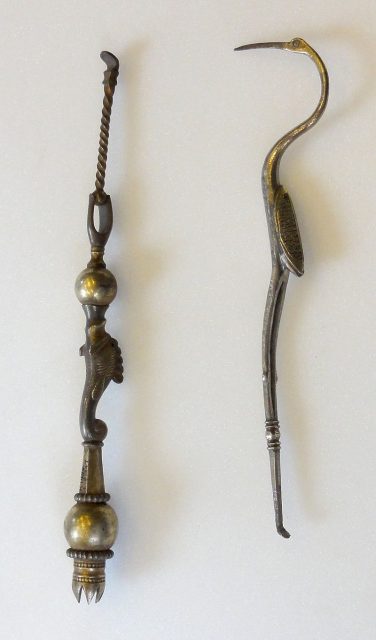The Haunting of Sharon Tate is a 2019 American horror film written and directed by Daniel Farrands.

The movie is a fictionalized account of the tragic events surrounding the actress Sharon Tate, who was brutally murdered in 1969 by followers of Charles Manson. While the film blends elements of real-life tragedy with supernatural horror, it explores a reimagined version of Sharon Tate’s final days before her untimely death. The film stars Hilary Duff as Sharon Tate, with a supporting cast including Jonathan Bennett, Lydia Hearst, Pawel Szajda, and Ryan Cargill.
The plot centers on Sharon Tate, who, in the days leading up to her tragic death, begins to experience disturbing visions and supernatural occurrences. These eerie events make her believe that the brutal fate awaiting her is somehow being foretold by ghostly apparitions. As Sharon struggles to make sense of these terrifying premonitions, the film blurs the line between reality and the supernatural, creating a tense and unnerving atmosphere. It’s a chilling exploration of fate and fear, with Sharon Tate’s tragic story serving as the backdrop.
The film takes a unique approach by incorporating elements of the horror genre with historical events. While it is inspired by real-life incidents, The Haunting of Sharon Tate takes creative liberties to explore the idea of Sharon Tate having visions of her own murder before it happens. The story imagines what could have been going through her mind in the days leading up to the infamous Manson Family murders, offering a fictionalized yet haunting perspective on her life and death.

One of the film’s key themes is the vulnerability of Sharon Tate, who is portrayed as a woman caught in a terrifying and inexplicable situation. Her character is shown struggling to understand the visions she’s experiencing while also grappling with the imminent threat of violence. This portrayal adds an emotional depth to the story, as viewers sympathize with Sharon’s fear and confusion, knowing that she is helpless in the face of a tragedy that has already been written in history.

The performances in The Haunting of Sharon Tate are one of the film’s standout elements, with Hilary Duff delivering a compelling portrayal of the iconic actress. She captures the vulnerability, beauty, and inner turmoil of Sharon Tate, making her character’s journey through terror all the more impactful. The supporting cast, including Jonathan Bennett and Lydia Hearst, also contribute to the film’s tense atmosphere with their eerie performances, heightening the suspense throughout.

While The Haunting of Sharon Tate offers a unique take on a tragic real-life event, it has been met with mixed reviews. Some viewers appreciate the film’s attempt to blend supernatural horror with historical fiction, while others feel that it trivializes the real-life tragedy of Sharon Tate’s murder. Regardless of its reception, the film provides a chilling narrative that explores themes of fate, fear, and the supernatural in a deeply unsettling manner.
A Farmer’s Misplaced Hammer Led to the Largest Roman Treasure in Britain
